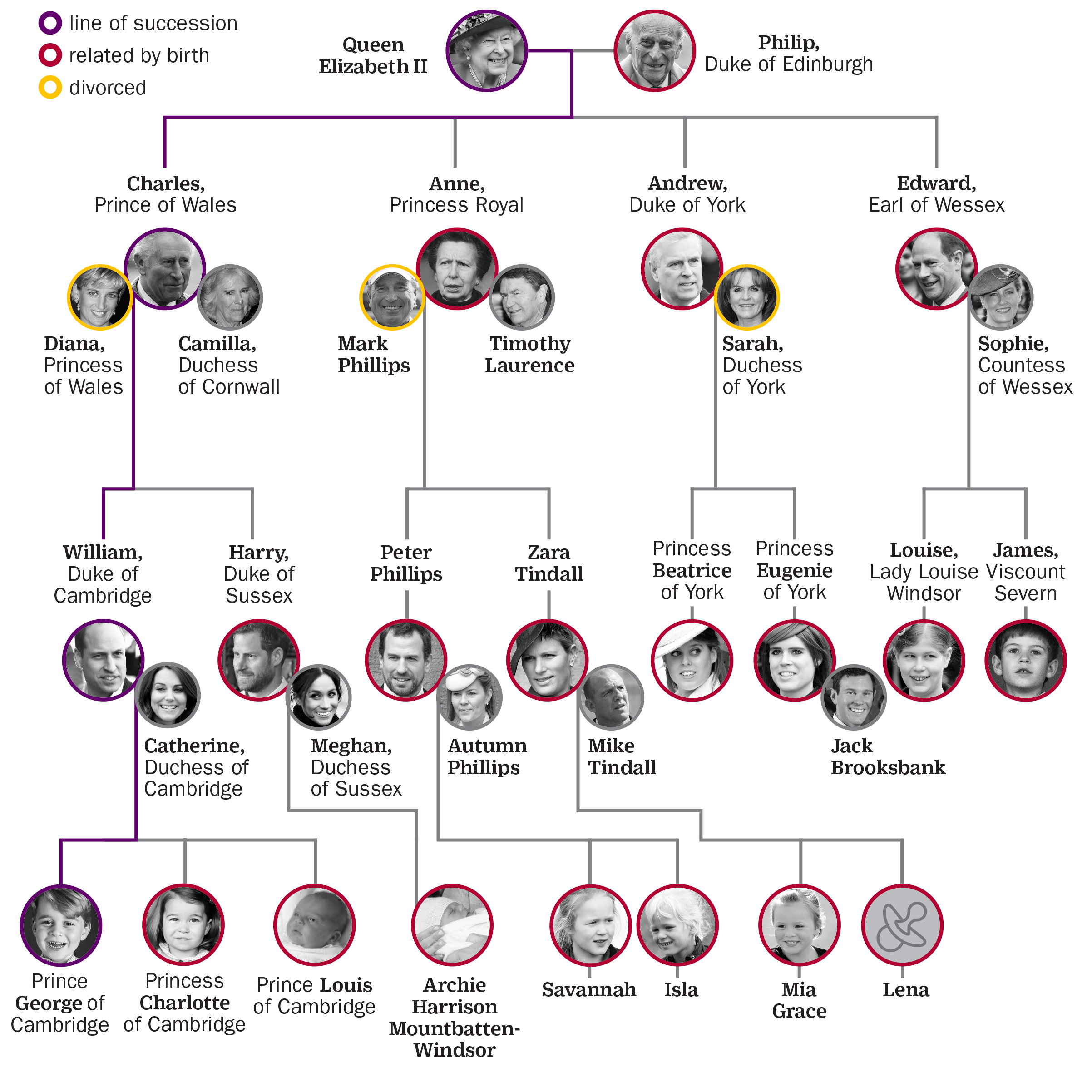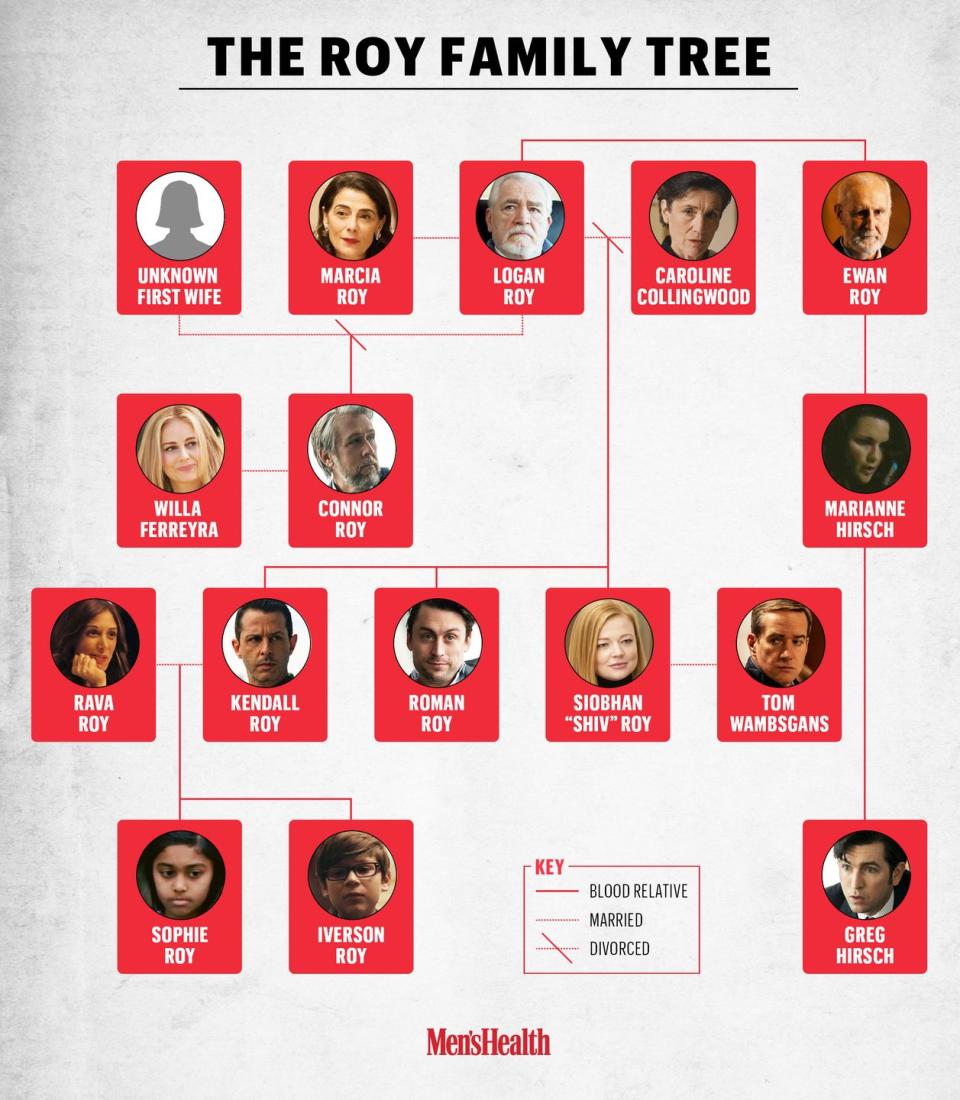What Is Crown Family Succession History? Unveiling The Throne's Legacy
Picture this: A family tree so grand it could fill an entire castle wall. That's what we're diving into today – the crown family succession history. This isn't just about kings and queens; it's about power, betrayal, alliances, and the bloodlines that shaped entire nations. If you've ever wondered how thrones are passed down or why certain families hold the keys to royal legacies, you're in the right place. Let's break it down like we're sitting at a royal dinner table gossiping about who's next in line.
Now, before we get too deep into the drama, let’s set the stage. Crown family succession isn’t just about who gets the crown; it’s about the rules, the politics, and sometimes the chaos that comes with it. Think of it as a high-stakes game of chess where every move can change the course of history. And trust me, there are no do-overs in this game.
This journey through crown family succession history will take us from ancient kingdoms to modern-day monarchies. We’ll explore the rules that govern who gets the throne, the famous (and infamous) figures who’ve shaped these traditions, and why this topic still matters today. So, buckle up, because we’re about to uncover some royal secrets!
Read also:Chas Emmerdale Dies The Shocking Truth And What It Means For Fans
Understanding Crown Family Succession
What Exactly is Crown Family Succession?
Let’s start with the basics. Crown family succession refers to the process by which a royal family determines who gets to wear the crown next. It’s not as simple as handing over a crown during a fancy ceremony. There are laws, traditions, and sometimes even wars that decide who’s next in line. In most cases, it follows a specific order, usually based on bloodline, but that’s not always the case.
For instance, in many European monarchies, the throne is passed down through a system called primogeniture, where the eldest son inherits the crown. But what happens if there’s no son? That’s where things can get interesting – and sometimes messy. Think about Queen Elizabeth II, who inherited the throne because she was the eldest child, despite being a daughter. Her story is just one example of how rules can bend when necessary.
The Rules of the Game
Traditional Laws and Modern Adjustments
Throughout history, different regions have had their own set of rules for crown family succession. In medieval Europe, it was all about male heirs. But as times changed, so did the rules. Today, many countries have adopted absolute primogeniture, where the firstborn child, regardless of gender, gets the throne. This change wasn’t made overnight; it took centuries of debates, reforms, and even scandals to get here.
Take Sweden, for example. In 1980, they became one of the first countries to adopt absolute primogeniture. Crown Princess Victoria became the heir apparent, breaking the tradition of favoring male heirs. This shift wasn’t just about fairness; it was about recognizing that times have changed, and so should the rules.
Famous Royal Families and Their Succession Stories
The British Monarchy: A Legacy of Change
No discussion about crown family succession is complete without mentioning the British monarchy. From the Tudors to the Windsors, the British royal family has seen its fair share of drama. King Henry VIII, anyone? His quest for a male heir led to multiple marriages, the creation of the Church of England, and a legacy that still echoes today.
Fast forward to modern times, and we have Prince Charles, who has waited decades to become king. His story isn’t just about patience; it’s about how the monarchy evolves with the times. With Prince William and Kate Middleton as the next generation, the British crown family succession continues to capture the world’s attention.
Read also:Exploring The Life And Marriage Of Khamzat Chimaev
Challenges in Crown Family Succession
Conflicts and Controversies
Not every crown family succession goes smoothly. History is filled with stories of sibling rivalries, illegitimate heirs, and even outright wars over who gets the throne. The War of the Roses in England is a perfect example. This 15th-century conflict between the houses of Lancaster and York was all about who had the rightful claim to the crown. It ended with the establishment of the Tudor dynasty, but not without significant bloodshed.
Then there’s the story of King Richard III, whose reign was surrounded by controversy. Some say he was a ruthless usurper, while others argue he was a victim of propaganda. Whatever the truth, his story highlights how succession disputes can shape history.
Modern-Day Monarchies
How Crown Family Succession Works Today
In today’s world, crown family succession is more regulated than ever. Most modern monarchies have clear laws and constitutional frameworks to guide the process. For example, in Japan, the Imperial Household Law dictates that only male members of the imperial family can inherit the throne. However, with fewer male heirs, there’s been talk of reforming this law to allow female succession.
Similarly, in Spain, King Felipe VI inherited the throne from his father, King Juan Carlos I. While the Spanish monarchy follows traditional rules, there’s growing debate about its relevance in a modern democracy. These discussions reflect how crown family succession isn’t just about history; it’s about adapting to the present and future.
Key Figures in Crown Family Succession
Who Are the Big Players?
Throughout history, certain figures have left an indelible mark on crown family succession. Queen Victoria, for instance, not only shaped the British monarchy but also influenced royal families across Europe through her descendants. Her legacy is a testament to how one person can change the course of crown family succession.
On the other side of the spectrum, we have figures like Napoleon Bonaparte, who tried to establish his own dynasty. His attempt to create a lasting legacy through his family ultimately failed, but his story serves as a reminder of how ambition can drive – and sometimes derail – crown family succession.
Impact on Society
Why Does Crown Family Succession Matter?
You might be wondering why crown family succession is still relevant in the 21st century. The truth is, it affects more than just royal families. Monarchies play a significant role in national identity, culture, and even politics. For many countries, the crown family represents stability and continuity. In others, it’s a symbol of tradition and heritage.
Moreover, the way crown family succession is handled can influence public opinion and international relations. A smooth transition can strengthen a nation’s image, while a contentious one can lead to unrest and instability. This is why understanding crown family succession isn’t just about history; it’s about the present and future of nations.
Lessons from History
What Can We Learn?
Studying crown family succession history offers valuable lessons about power, legacy, and change. One of the most important takeaways is that rules and traditions must evolve to remain relevant. Whether it’s adapting to gender equality or addressing modern societal needs, crown family succession is a reflection of how societies grow and adapt.
Another lesson is that succession isn’t just about bloodlines; it’s about leadership. The best monarchs aren’t always the ones born into the role; they’re the ones who rise to the occasion and lead with integrity and vision. This is a lesson that extends beyond royal families and applies to leaders in all walks of life.
The Future of Crown Family Succession
What Lies Ahead?
As we look to the future, crown family succession will continue to evolve. With increasing calls for gender equality and representation, we may see more changes in how thrones are passed down. Additionally, as monarchies face new challenges in a rapidly changing world, their relevance and role may shift.
For now, crown family succession remains a fascinating blend of tradition and innovation. It’s a reminder that while history shapes our present, it’s up to us to decide our future. Whether you’re a royal enthusiast or just curious about how power is passed down, crown family succession history has something to offer everyone.
Conclusion: The Throne Awaits
In wrapping up our journey through crown family succession history, it’s clear that this topic is far more complex than it seems. From ancient traditions to modern reforms, the process of passing down the crown is a reflection of how societies change over time. By understanding the rules, the players, and the impact of crown family succession, we gain insight into the forces that shape our world.
So, what’s next? If you’re intrigued by this topic, why not dive deeper into the stories of specific royal families? Or better yet, share your thoughts in the comments below. Together, we can keep the conversation going and uncover even more about the fascinating world of crown family succession.
Table of Contents
- What is Crown Family Succession History?
- Understanding Crown Family Succession
- What Exactly is Crown Family Succession?
- The Rules of the Game
- Traditional Laws and Modern Adjustments
- Famous Royal Families and Their Succession Stories
- The British Monarchy: A Legacy of Change
- Challenges in Crown Family Succession
- Conflicts and Controversies
- Modern-Day Monarchies
- How Crown Family Succession Works Today
- Key Figures in Crown Family Succession
- Who Are the Big Players?
- Impact on Society
- Why Does Crown Family Succession Matter?
- Lessons from History
- What Can We Learn?
- The Future of Crown Family Succession
- What Lies Ahead?
- Conclusion: The Throne Awaits


